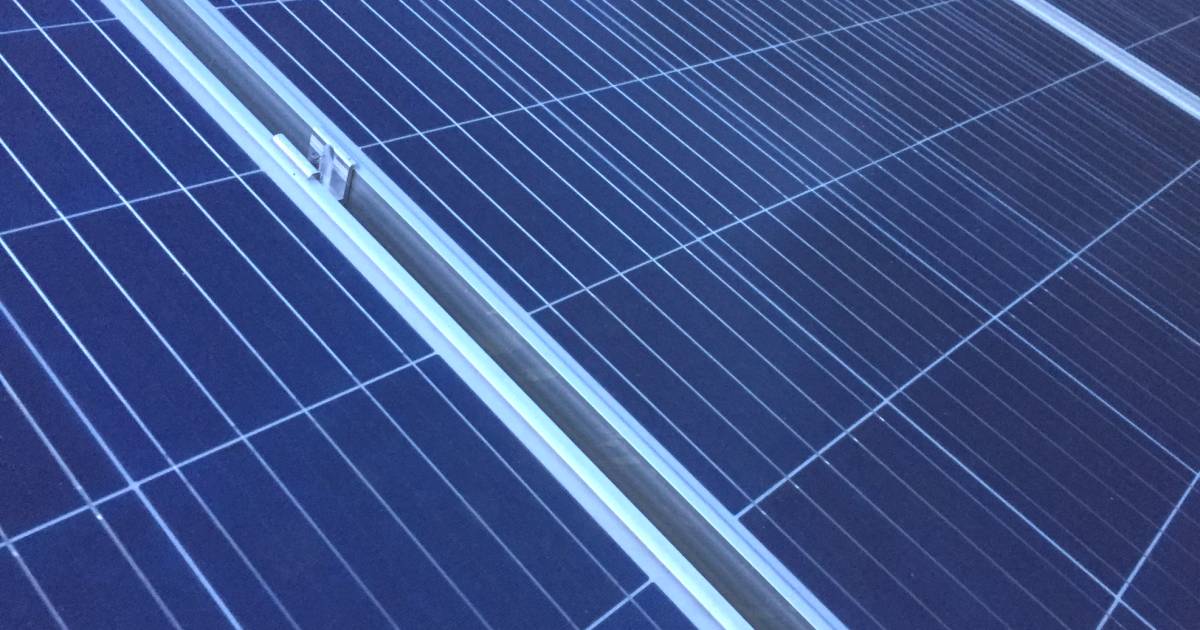
Queensland’s Cassowary Coast Regional Council is pretty pleased with its solar energy savings to date, with more installations on the way.
Situated in Far North Queensland, the local government area covers 4,688 km² and is home to around 30,000 people; approximately half of whom live in the towns of Innisfail, Cardwell and Tully.
With more than 120 kilometres of coastline and a number islands, the Cassowary Coast region is vulnerable to the impacts of climate change. Council is aware of the threats and the Cassowary Coast Coastal Hazard Adaptation Strategy (CHAS) was implemented to improve resilience in the region.
In August last year, Cassowary Coast Regional Council also adopted the Reef Guardian Council Action Plan, a collaborative stewardship arrangement between local government in the Great Barrier Reef catchment and the Reef Guardian Marine Park Authority (GBRMPA).
The organisation has also been doing its bit to reduce its own carbon emissions.
1MW Of Solar Power Capacity
In 2019, Cassowary Coast Regional Council kicked off an energy efficiency program that included a rollout of solar power systems. To date, 24 sites have had solar panels installed for a total collective capacity of 970.7kW. Another 81.4kW system is in the works that will take total capacity installed under the program to more than 1 megawatt.
Among the already installed systems:
- Innisfail Water Treatment Plant: 100KW
- Innisfail Sewage Treatment Plant: 100kW
- Tully Sewage Treatment: 27kW
“The installation of solar to Council sites has seen a substantial saving in Council’s ongoing power bills and also taken positive steps in the reduction of greenhouse gas emissions,” said Mayor Mark Nolan. “In the two and half years since the first site was installed Council has seen a direct saving of $283,312 which will increase as additional solar sites are installed.”
Other efforts to rein in electricity costs and corporate emissions included LED lighting replacements at Innisfail Shire Hall, Tully Depot and Innisfail Depot.
Council says through solar power, better energy management and energy efficient fixtures, it is seeing electricity cost savings of more than $545,000 annually. It’s an impressive effort and with more solar power to be installed and other opportunities to be explored that will result in further savings and environmental benefits, one that will be built on. And what’s good for Council’s bottom line is good for local ratepayers.
Solar Energy Across The Cassowary Coast Community
The wider Cassowary Coast community have also been reaping the benefits of generating clean energy from their rooftops. In Innisfail, solar panels are a very common sight; with more than 1,335 small-scale (<100kW) systems boasting a collective capacity of 9,383 kW in the 4860 postcode as at April 30, 2022. In Tully’s postcode area, more than 787 small-scale systems have been installed; and in Cardwell, more than 328.
According to the Australian Photovoltaic Institute (APVI), approximately 27.4% of freestanding and semi-detached dwellings in the Cassowary Coast LGA have had systems installed as at the end of March this year. APVI puts the total number of systems at an estimated 4,364 and pegs total capacity at around 29,564 kW.

 RSS - Posts
RSS - Posts



Speak Your Mind